The "standard" solution shown in Dwayne Reid's answer is in fact a virtuoso circuit invented with an ingenious imagination. But to be convinced of this we need to see the "philosophy" behind the specific circuit solution. It will allow us to see the connection with other seemingly different circuits like instrumentation amplifier. Here are some of my observations on the non-inverting mode that can be of greater interest for creatively thinking people.
Internal voltage follower
I have long realized that, including the present circuit, there is a voltage follower inside every (both non-inverting and inverting) op-amp circuit with negative feedback. Its input is the op-amp non-inverting input and its output is the node to which the op-amp inverting input is connected. So the voltage of the inverting input is a "copy" of the voltage of the non-inverting input.
In inverting circuits, the original voltage is zero (real ground); so the copy voltage is zero as well (virtual ground). In non-inverting circuits, the original voltage varies and the copy voltage follows the "original". In the op-amp follower, the copy voltage is used as a circuit output but in other cases it is not used (it still exists but it is not used).
Bootstrapping
In Dwayne's circuit, the original input voltage is applied to the left end of R2 and the copy of the input voltage is applied to the right end of R2. Since the two voltages are connected in series (through the ground) and they are equal and have the same polarity, the voltage across R2 is zero. The current through R2 is zero and the input resistance "seen" from the input voltage source is infinite. This phenomenon is known as "bootstrapping".
Instrumentation amplifier
It is interesting that, in this non-inverting mode, the voltages of all the four points (the input source, op-amp non-inverting input, inverting input and output) are equal. Figuratively speaking, all they "move" in the same direction with the same rate of change.
Even more interesting is the input stage of an instrumentation amplifier…

… where, in the common mode, all the six voltages are equal:
The pictures above are from my Codudact paper about instrumentation amplifier.
Zero gain amplifier
Dwayne's circuit resembles the simplest op-amp differential amplifier where the switch is replaced by a grounded resistor:
The difference is that, at common mode, half the input voltage is applied to the right end of the resistor. As a result, the output voltage stays zero when the common input voltage varies.
So, if you
disconnect, connect or short the grounded resistor, you will obtain an amplifier with +1, 0 and -1 gain. You can even replace it with a variable resistor to obtain such an exotic amplifier with a variable gain.
